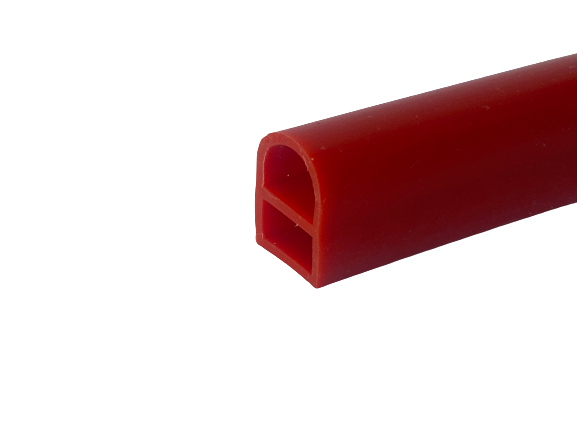Dec . 11, 2024 11:22 Back to list
curtain wall seals for doors and windows supplier
Curtain Wall Seals for Doors and Windows An In-Depth Overview
In the world of modern architecture, curtain walls have become a preferred choice for many buildings. These exterior walls, which are typically made of lightweight materials such as glass, aluminum, or masonry, are designed to resist air and water infiltration, providing both aesthetic appeal and structural integrity. Central to the effectiveness of curtain walls are the seals that surround the doors and windows. As a leading supplier in this domain, it is crucial to understand the significance of these seals, their various types, and how they contribute to the overall performance of curtain wall systems.
The Importance of Seals
Seals play a vital role in the functionality of curtain wall systems. They act as barriers against air and water leakage, which can lead to significant energy loss. A poorly sealed curtain wall can result in increased heating and cooling costs, condensation issues, and even structural damage over time. Therefore, selecting the right type of seal for doors and windows is paramount not only for energy efficiency but also for maintaining the integrity and longevity of the building.
Types of Curtain Wall Seals
1. Weather Stripping One of the most common types of seals used around doors and windows is weather stripping. This flexible material is designed to fill gaps between the frame and the movable parts of the doors and windows. Weather stripping materials can include foam, felt, vinyl, or rubber, each providing different levels of insulation and air resistance.
2. Gaskets Gaskets are more durable than weather stripping and are often used in more demanding applications. Typically made from resilient materials like silicone, EPDM (ethylene propylene diene monomer), or neoprene, gaskets provide a tight seal that can withstand various environmental factors, including UV exposure and extreme temperatures.
3. Caulking Caulking is a sealant that fills joints and seams to prevent air and water infiltration. Unlike weather stripping and gaskets, caulking is a more permanent solution and is often applied during the installation of the curtain wall system. This type of seal is essential in preventing water from penetrating the building envelope and must be checked regularly for cracks or deterioration.
4. Sponge Seals Sponge seals are another option that provides a soft, compressible surface. They are particularly useful for irregular surfaces and can help reduce noise as well as air leakage. Made from materials like polyurethane or rubber, sponge seals ensure a snug fit around doors and windows.
curtain wall seals for doors and windows supplier

5. Thermal Break Seals For curtain walls that incorporate thermal breaks, these seals are designed to improve energy efficiency by minimizing thermal bridging. They can help reduce heat transfer and enhance the overall insulation value of the building.
Factors to Consider When Selecting Seals
When choosing curtain wall seals, several factors must be taken into account
- Environmental Conditions The climate and specific exposure conditions of the building site will dictate the type of seals needed. For instance, buildings in coastal areas may require seals that are resistant to saltwater corrosion.
- Building Codes Local building codes often have specific requirements for seals, especially regarding fire safety and energy efficiency.
- Performance Expectations Clients must communicate their performance expectations clearly. This includes thermal performance, acoustic insulation, and longevity.
- Compatibility The chosen seals must be compatible with the materials and systems being used in the curtain wall. This includes ensuring that they bond well with both the structural components and the surrounding environment.
Conclusion
As a supplier of curtain wall seals for doors and windows, understanding the crucial role that these components play in building performance is essential. By choosing the right type of seals and considering factors such as environmental conditions, building codes, and desired performance, architects and builders can ensure that their curtain wall systems not only enhance the aesthetic appeal of a building but also provide energy efficiency and durability. Ultimately, high-quality seals contribute to the success of modern architectural designs, making them a vital component of any curtain wall system. Investing in the right seals is not just an option; it is a necessity for ensuring that buildings stand the test of time.




